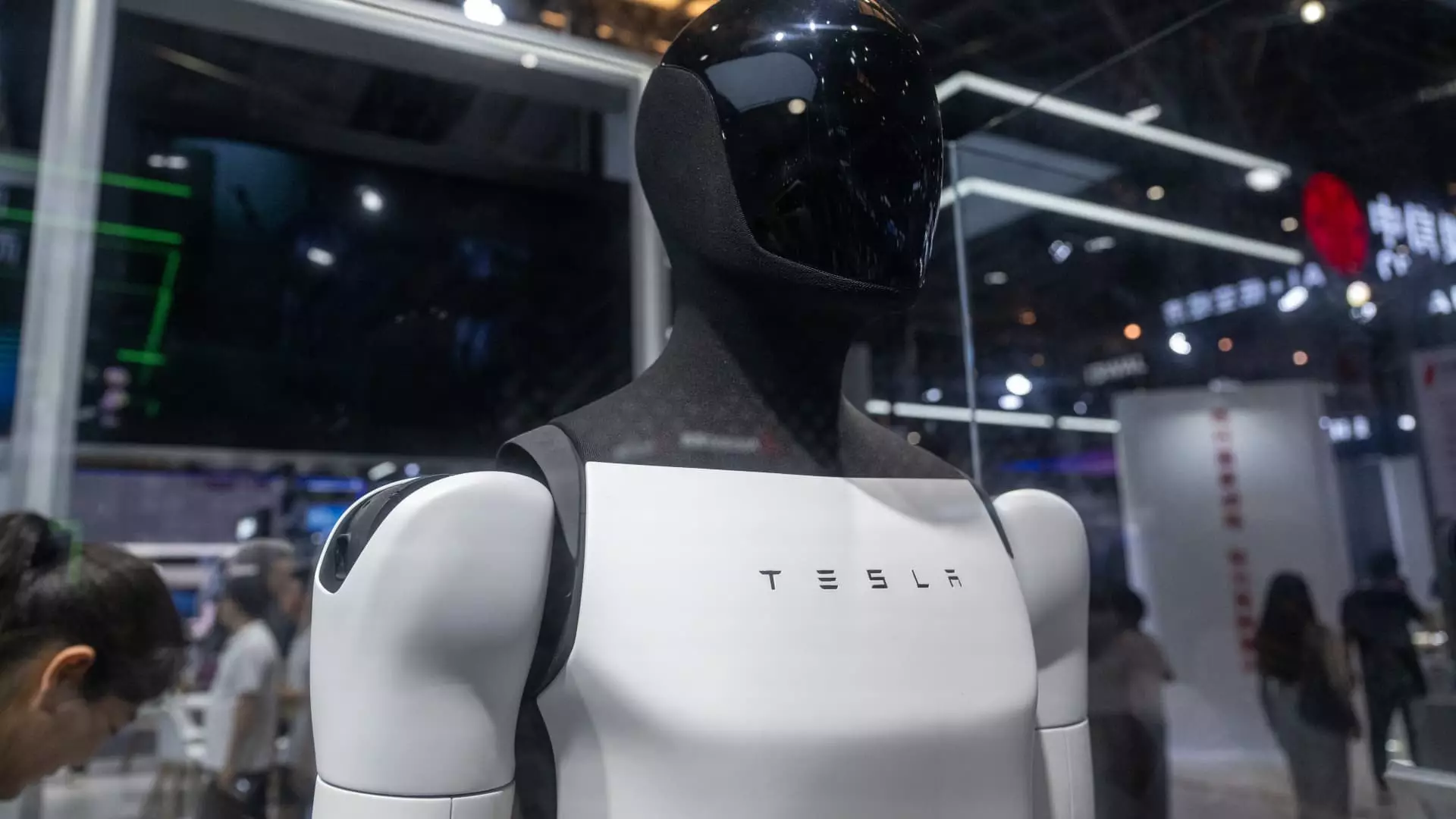Elon Musk’s vision for Tesla has always pushed the boundaries of possibility, but recent trade restrictions imposed by China have thrown a wrench in the works. During a recent earnings call, Musk revealed that new export controls on rare earth magnets—critical components for the development of Tesla’s Optimus humanoid robots—are beginning to reshape his company’s trajectory. For a company that thrives on innovation and disruption, such bureaucratic hurdles present not just challenges but an opportunity to reconsider supply chains and production philosophies.
China’s clout in the supply of rare earth materials is indisputable; it controls a vast majority of these vital resources globally. The newly implemented measures, which require exporters to secure licenses from China’s Ministry of Commerce, are seen as retribution against U.S. tariffs, adding another layer of complexity to an already tense geopolitical landscape. This not only slows down Tesla’s ambitious plans but also raises questions about global supply chain vulnerabilities in critical technological sectors.
Geopolitical Tensions Beyond Tesla
The situation encapsulates a broader narrative around U.S.-China relations and the future of technology. Musk’s necessity to reassure Beijing that the magnets will not be utilized for military means highlights the delicate balance between commerce and national security. As tensions escalate, industries relying on cross-border resources find themselves precariously positioned.
For Tesla, the stakes are exceptionally high. As the company aims to deliver 5,000 units of Optimus this year, Musk has communicated optimism about overcoming these hurdles, yet the shadow of potential production delays looms large. The reality is that, while Tesla hopes to achieve its ambitious quadrants of humanoid robots, it cannot ignore the global applause for competing technologies, especially from China, which is witnessing a renaissance in robotics.
Strategic Adaptation in Uncertain Times
Tesla’s approach to addressing these new export controls reveals not only resilience but also a willingness to engage in strategic negotiations with the Chinese government. Musk’s light-hearted comment, “These are just going into a humanoid robot,” underscores a profound awareness of public perception around high-stakes technological advancements. Allowing the world to see Tesla as an innovator rather than a military entity can contribute positively to its brand image.
However, Musk’s aspirations are also met with skepticism. Analysts observe that as competitors like Unitree Robotics and AgiBot gear up for mass production, Tesla must carve out a formidable niche and reinforce its technological storytelling. The competition in robotics, particularly from China, shines a light on the urgency of innovation and production agility in Tesla’s business model. It’s not merely about being first; it’s about being the best while navigating a complex international landscape.
A Robot Revolution and Its Implications
Despite potential supply chain setbacks, Musk remains bullish on Tesla’s role in the upcoming robot revolution. He articulately stressed that the future of the automotive industry lies in both autonomous vehicles and humanoid robots. This dual focus highlights Tesla’s ambition to redefine not just electric cars but the very fabric of labor and automation across various sectors.
The introduction of humanoid robots is expected to transform operations at Tesla factories, potentially leading to enhanced productivity. However, as Musk himself acknowledges, the road ahead is laden with obstacles. The technology’s maturation is paramount, not just for scaling manufacturing, but for garnering investor confidence, especially given the volatility in Tesla’s stock performance this year.
The Race to Lead the Automation Frontier
Investor sentiment and market positioning will increasingly hinge on how Tesla manages these geopolitical and operational challenges. With competition heating up, the company could stand to benefit from innovative partnerships or diversification of supply chains. As it stands, addressing the trade restrictions will not only require navigating through red tape but may also necessitate a reevaluation of risk mitigation strategies.
In the world of automation, waiting until the dust settles is a luxury that Musk cannot afford. Tesla is teetering on the brink of revolutionizing industry standards, but whether it will emerge as a leader amid fierce competition remains to be seen. The next chapter in Tesla’s journey hinges not only on technological innovation but also on the broader geopolitical landscape, making it a crucial watchpoint for investors and tech enthusiasts alike.


Leave a Reply